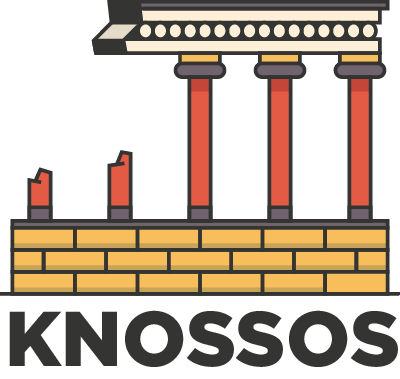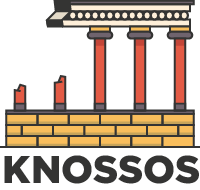Table of Contents
I. Introduction
The Minoan Civilization, flourishing on Crete in the Bronze Age, is often celebrated for its architectural marvels and artistic achievements. Yet, their contributions to the culinary world were equally significant. This article dives into the rich agricultural practices and dietary customs of the Minoans, tracing how their culinary prowess influenced the broader Aegean region.
From staple crops to sophisticated dishes, the Minoans set the stage for a gastronomic legacy that would flavor the entire Aegean palette.
II. Minoan Agriculture and Diet
In the heart of Minoan society lay a rich agricultural tradition. The fertile lands of Crete were cultivated with a variety of staple crops like wheat, barley, olives, and grapes, forming the backbone of the Minoan diet. Livestock rearing, particularly of sheep and goats, played a significant role in their food culture, providing meat, milk, and cheese.
The Minoan diet was diverse, including a range of fruits, vegetables, legumes, and cereals, complemented by seafood from the bountiful Mediterranean. Cooking methods of the Minoans, though not entirely clear, likely involved baking, grilling, and boiling, as suggested by archaeological findings.
III. Culinary Exchange in the Aegean
The Minoans, skilled seafarers and traders, were instrumental in spreading their culinary practices across the Aegean. Their influence extended to various islands and mainland regions, where Minoan agricultural techniques and food preparation methods were adopted and adapted.
This exchange was facilitated by the active trade routes established by the Minoans, along which they shared not just commodities but also their gastronomic knowledge. Examples of such influence are evident in the similarities in diet, cooking styles, and even dining customs found in other Aegean civilizations.
IV. Minoan Influence on Aegean Gastronomy
Minoan contributions to Aegean gastronomy were significant. Their agricultural innovations, such as the cultivation of olives and grapes, had a lasting impact on the region’s food culture.
The spread of specific ingredients and dishes, possibly through Minoan influence, led to the development of shared culinary traditions in the Aegean. This gastronomic legacy, rooted in Minoan practices, showcases the civilization’s role in shaping the culinary identity of the ancient Mediterranean.
V. Culinary Artifacts and Archaeological Evidence
Archaeological discoveries have been pivotal in understanding the extent of Minoan culinary influence. Excavations across Crete and in various parts of the Aegean have unearthed kitchen utensils, cookware, and remnants of food that provide valuable insights into ancient cooking methods and dietary preferences.
For instance, the discovery of large storage jars (pithoi) and cooking pots suggests the types of food stored and prepared, while residue analysis has shed light on the ingredients used in Minoan cuisine. These findings help reconstruct the culinary landscape of the time and illustrate the spread of Minoan culinary techniques and practices across the Aegean.
VI. The Legacy of Minoan Culinary Practices
The culinary traditions of the Minoans left a lasting legacy in the Aegean region, influencing not just the types of food consumed but also the methods of preparation and consumption.
This gastronomic heritage is a crucial aspect of understanding the everyday life and culture of ancient Mediterranean societies. It highlights the role of food in cultural exchange and the development of regional identities, with Minoan culinary practices serving as a foundation for the evolving food cultures in the Aegean.
VII. Conclusion
The Minoan Civilization, with its rich agricultural heritage and sophisticated culinary practices, played a vital role in shaping the gastronomic landscape of the ancient Aegean. Their influence extended beyond Crete, leaving an indelible mark on the culinary traditions of the region.
From the cultivation of olives and grapes to the adoption of specific cooking techniques, the Minoans contributed significantly to the development of a shared culinary identity in the ancient Mediterranean.
Understanding the Minoan culinary influences offers more than just insights into ancient diets; it provides a window into the everyday lives and cultural exchanges of these ancient societies.
The study of Minoan gastronomy is an exploration of the interconnectedness of ancient civilizations, highlighting how food can serve as a bridge between cultures and epochs. The Minoan culinary legacy, rich and flavorful, continues to be a fascinating subject for archaeologists and historians alike, offering a taste of the past that enriches our understanding of the ancient world.


